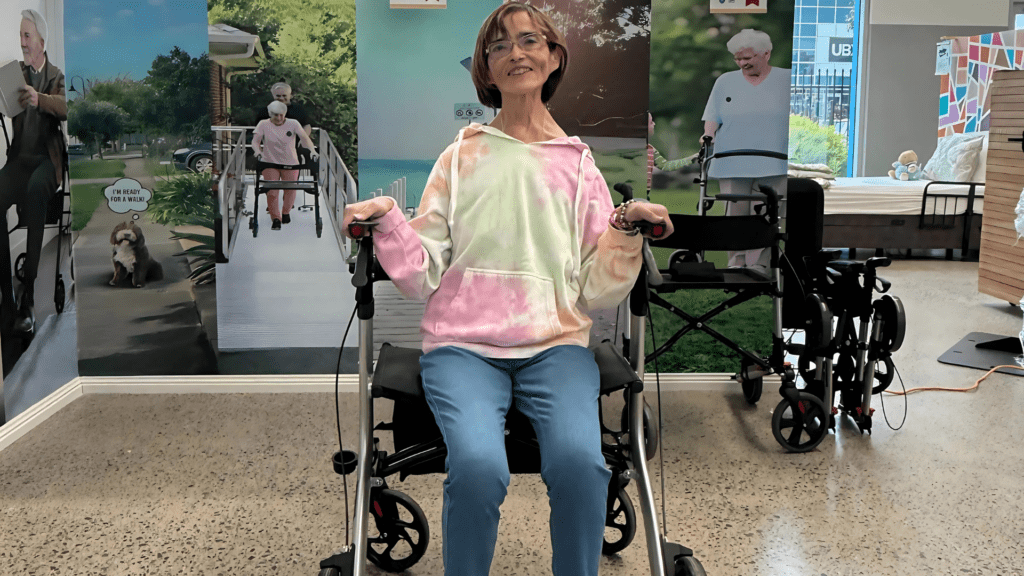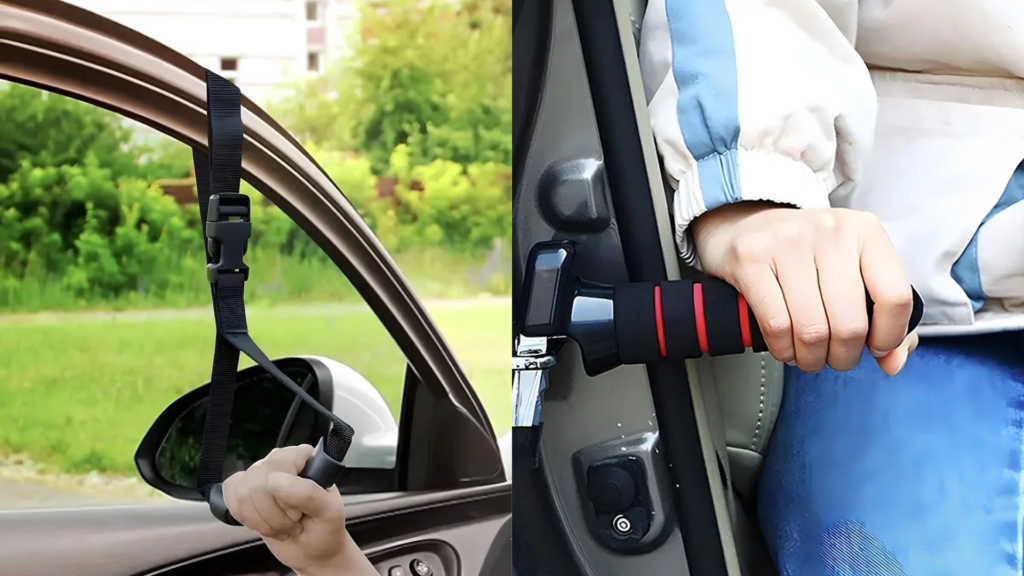NDIS plan reassessments are a vital part of ensuring that participants in Victoria receive supports that match their current goals, needs, and circumstances. Over time, your mobility, health condition, living situation, or care requirements may change. A reassessment helps update your plan accordingly, especially when assistive technology or mobility equipment needs to be reviewed or replaced.
This guide explains how to prepare for an NDIS plan reassessment and how to present your case effectively—particularly if you’re requesting updated or new equipment like home care beds, gait trainers, or mobility scooters.
Understanding the Purpose of Plan Reviews
The NDIS typically conducts plan reassessments every 12 months, although participants or planners can request an earlier review if circumstances change.
Reassessments are used to:
- Adjust your support plan if your condition or goals change
- Ensure that current supports are still meeting your needs
- Introduce or replace assistive technology and equipment
- Update funding amounts for services or consumables
- Include trial outcomes and new clinical recommendations
During the review, participants can propose changes to supports, request quotes for new items, and provide updated documentation such as functional reports or trial feedback.
What to Prepare Ahead of Time
Good preparation increases your chances of getting the right supports funded. Start gathering documents at least 4–6 weeks before your scheduled reassessment. Items to prepare include:
- An updated list of your goals and daily living priorities
- A review of what supports worked well in your last plan
- Occupational therapy or physiotherapy reports
- Evidence of functional changes or challenges
- Product trial outcomes for any equipment you’re requesting
- Quotes or itemised pricing from an NDIS provider
If you’re seeking assistive equipment such as aged care beds, walkers, or kitchen aids, you can explore options in the CareWithUs online store or submit an early product enquiry.
How to Present Your Current Needs Clearly
During your reassessment meeting (in-person or virtual), clearly describe how your needs have changed and why new supports or equipment are required.
Helpful ways to present your situation:
- Share updates about changes in mobility, dexterity, or independence
- Discuss how current supports have helped (or fallen short)
- Explain safety concerns, such as falls or fatigue during transfers
- Link each requested item to a functional goal (e.g., safe showering or independent mobility)
If possible, use documented outcomes from a recent home trial or OT trial to support your requests.
Equipment Trials and Therapist Reports
When requesting new assistive technology—like a tilt-in-space wheelchair, electric recliner, or portable power bed—NDIS requires detailed evidence. This usually includes:
- A written report from an occupational therapist or physiotherapist
- A justification of the need based on functional limitations
- A trial summary if the item was tested at home or in clinic
- Quotes from registered NDIS providers
These documents help the NDIS make informed funding decisions and reduce the risk of declined requests.
You can explore options like aged home care beds, paediatric wheelchairs, or daily living aids to find the right solutions to trial.
Common Mistakes to Avoid
To ensure your plan review is smooth and successful, avoid these common pitfalls:
- Leaving preparation too late – allow time for assessments and quote gathering
- Not involving your OT early – therapist input is essential for most equipment requests
- Lacking documentation – verbal explanations alone won’t meet NDIS requirements
- Requesting generic or uncustomised items – the NDIS funds supports tailored to individual needs
- Not following up after the meeting – ensure your documents have been submitted and reviewed
Working with a knowledgeable provider like CareWithUs can help ensure your product options, trials, and reports meet NDIS expectations.
Conclusion
NDIS plan reassessments are more than a routine process—they’re a chance to realign your supports with your evolving life. Whether you’re requesting new assistive technology, seeking a change in service delivery, or planning ahead for future needs, preparation is essential.
By involving your support team, gathering clinical evidence, and trialling appropriate equipment, you can ensure your plan reflects your goals and keeps you safe, mobile, and supported.
For products and trials tailored to your reassessment needs, you can view the full range in the CareWithUs store or speak with your therapist about recommended equipment like gait trainers, adjustable beds, or mobility scooters.
Frequently Asked Questions (FAQs)
1. When should I start preparing for my NDIS plan reassessment?
Begin preparing 4–6 weeks in advance. This gives you enough time to book therapy assessments, arrange product trials, and collect documentation.
2. Do I need an OT assessment for every assistive technology request?
Yes. For most mid- to high-cost assistive devices, the NDIS requires an occupational therapist’s report, clinical justification, and sometimes a trial summary.
3. Can I try products before including them in my plan?
Yes. You can arrange a home trial or OT trial through providers like CareWithUs. Trial outcomes strengthen your application.
4. Will the NDIS cover the full cost of new equipment?
If the item is functionally justified and approved, the NDIS typically funds the full cost or a portion under your Capital Supports. Always include quotes and therapist reports.
5. What happens if my reassessment request is denied?
You can request a review of the decision. It helps to ensure your documentation is complete, equipment was trialled, and reports clearly link to your goals.
6. Can I include new goals in my reassessment?
Absolutely. Reassessments are the ideal time to set new goals—such as greater independence at home, improved mobility, or safer transfers—and link supports accordingly.



